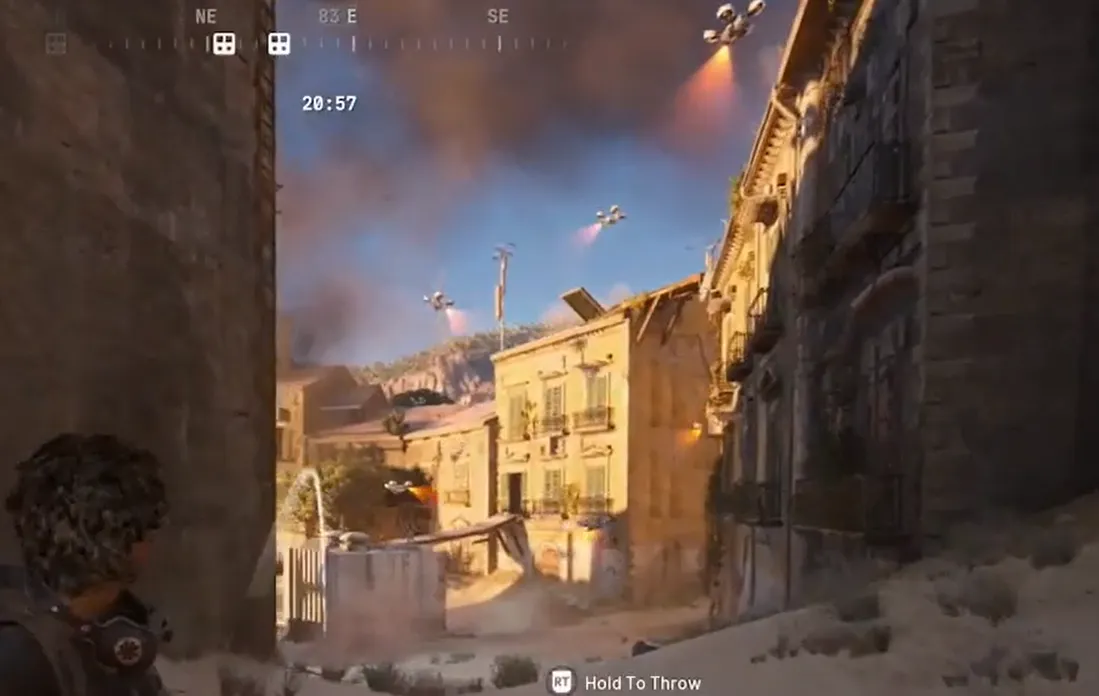The Snitch is ARC Raiders’ airborne lookout: a small, unarmed drone that patrols skylines for movement and noise. It doesn’t deal damage itself, but it’s dangerous because of what happens next. If the Snitch spots you in the open, it broadcasts your position and calls in backup. In most cases, that response arrives fast and escalates a quiet route into a fight you may not want.
Snitch behavior and threat level
Think of the Snitch as an early-warning system. It hovers above points of interest, scans for activity, and triggers an alarm when it identifies a Raider. It’s unarmored and fragile, so a short burst or a clean shot will bring it down. The risk is the timer: once it starts alerting, reinforcements are already on the way.
Key traits:
- Unarmed and unarmored; low direct threat.
- Primary danger is detection and the reinforcement wave that follows.
- Easy to destroy if you react quickly or catch it before it spots you.
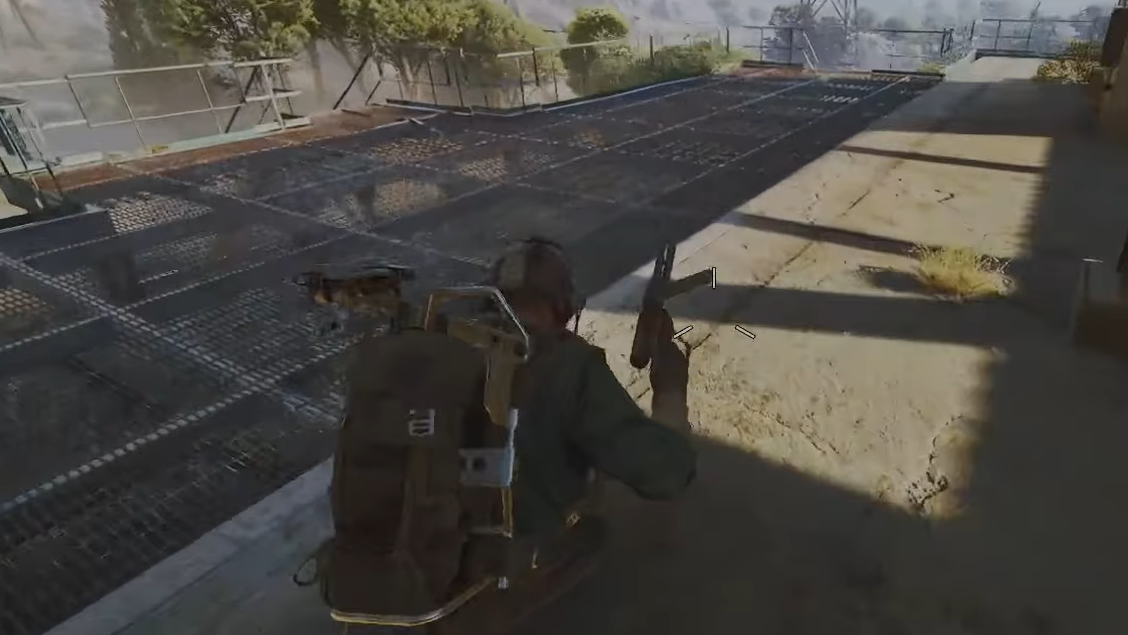
What happens when a Snitch spots you
When a Snitch triggers, expect a small air assault to drop from orbit within moments. The typical package is a mix of Wasps and a Hornet, shifting the encounter from stealth to crowd control and stun management. If you’re exposed, the incoming laser warnings and stun rounds can pin you down long enough for other ARC to collapse on your position.
In practice, that means a simple pass-by can become a multi-target firefight:
- Wasps paint you with a yellow laser that quickly turns red before spraying Light Ammo where it’s aimed.
- Hornets fire a stun round after a short wind-up and often arrive with Wasp escorts.
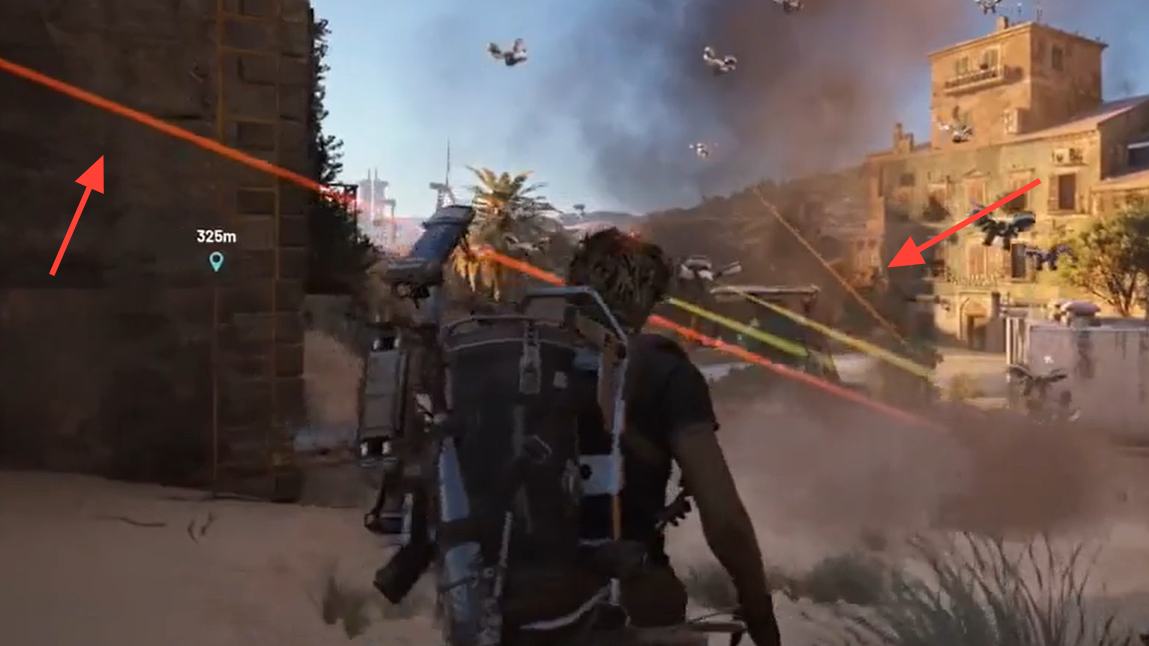
How to prevent the alarm — and what to do if it triggers
The best counter to a Snitch is denying line of sight. If you hear or see one, get under cover, into a structure, or behind terrain before it locks on. If you have a clear shot, take it immediately; the drone is squishy and will usually drop before it finishes broadcasting.
- Stay low and use roofs, canopies, and walls to block scans.
- Prioritize the Snitch first if it hasn’t fully alarmed; it removes the spawn trigger.
- If the alarm goes off, switch priorities to survivability: break sightlines, relocate, and pick off Wasps before dealing with the Hornet’s stun.
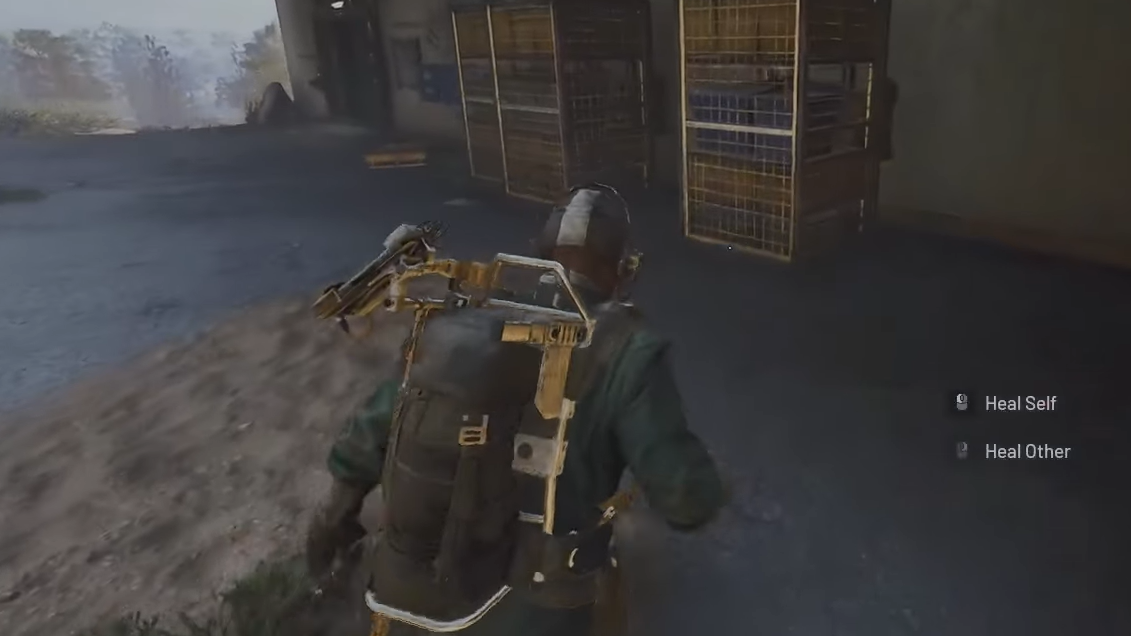
Loot and why the Snitch Scanner matters
Destroying a Snitch can drop common ARC salvage and a dedicated utility item:
- ARC Alloy (small amounts)
- ARC Powercell (occasionally)
- Snitch Scanner (one unit)
ARC PowerCells are valuable in any fight; they can be used on the spot to recharge shields. The standout drop here is the Snitch Scanner. Loot it and you can throw it like a grenade at PvP enemies to quickly draw ARC attention to their location, effectively turning the ecosystem against other Raiders. Used well, it’s a fast way to create chaos without burning your own ammo.
Related ARC threats the Snitch brings with it
When a Snitch escalates an encounter, these are the units you’re most likely to face first — plus a few others worth keeping in mind as you plan your route:
| ARC unit | Type | What it does | What to watch for |
|---|---|---|---|
| Snitch | Flying (unarmored) | Scans and alerts, summoning reinforcements. | Kill fast or stay hidden to avoid the call-in. |
| Wasp | Flying (unarmored) | Tracks with a laser, then fires Light Ammo where it points. | Laser turns red shortly before firing; strafe or break sight. |
| Hornet | Flying (partially armored) | Fires a stun round after a brief laser wind-up. | Front rotors are armored; target the unarmored ones first. |
| Tick | Ground (unarmored) | Clings to ceilings/walls, jumps at unaware Raiders. | Clear interiors and look up; they punish tunnel vision. |
| Leaper | Ground (armored/large) | Patrols outdoors; powerful leap attack. | Keep distance and avoid being caught in the landing zone. |
| Bombardier | Ground (armored/large) | Uses Spotter drones to target-designate mortar strikes. | Disrupt Spotters and keep moving to avoid lethal barrages. |
| Rocketeer | Flying (large) | Fires rockets to deny static positions. | Do not linger; reposition between volleys. |
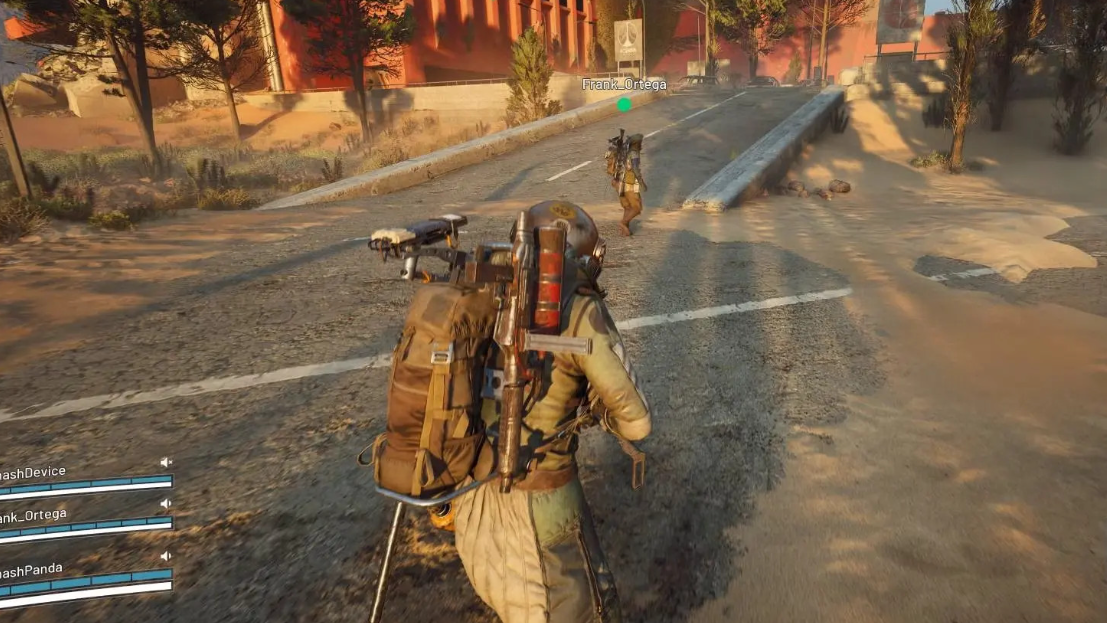
Practical routes and priority calls
Plan around sightlines. If your objective pushes you through open ground, chart a path that threads under awnings, bridges, or tree cover to curtail the Snitch’s angle on you. In teams, designate one player to watch the sky while the others clear corners and rooftops for Ticks.
- If stealth breaks, snap to a simple order of operations: Snitch (if still up) → Wasps (easy kills, remove chip damage) → Hornet (stun threat) → anything else.
- Keep a Powercell in reserve. Using one during a reinforcement wave can reset the fight in your favor.
The Snitch is less a direct opponent and more a force multiplier for everything else above ground. Treat it as a roaming alarm system: deny its sight, delete it fast, and when you do, pocket its Scanner. Turning the ARC ecosystem on human opponents is one of the cleanest ways to control an engagement without firing a shot.

